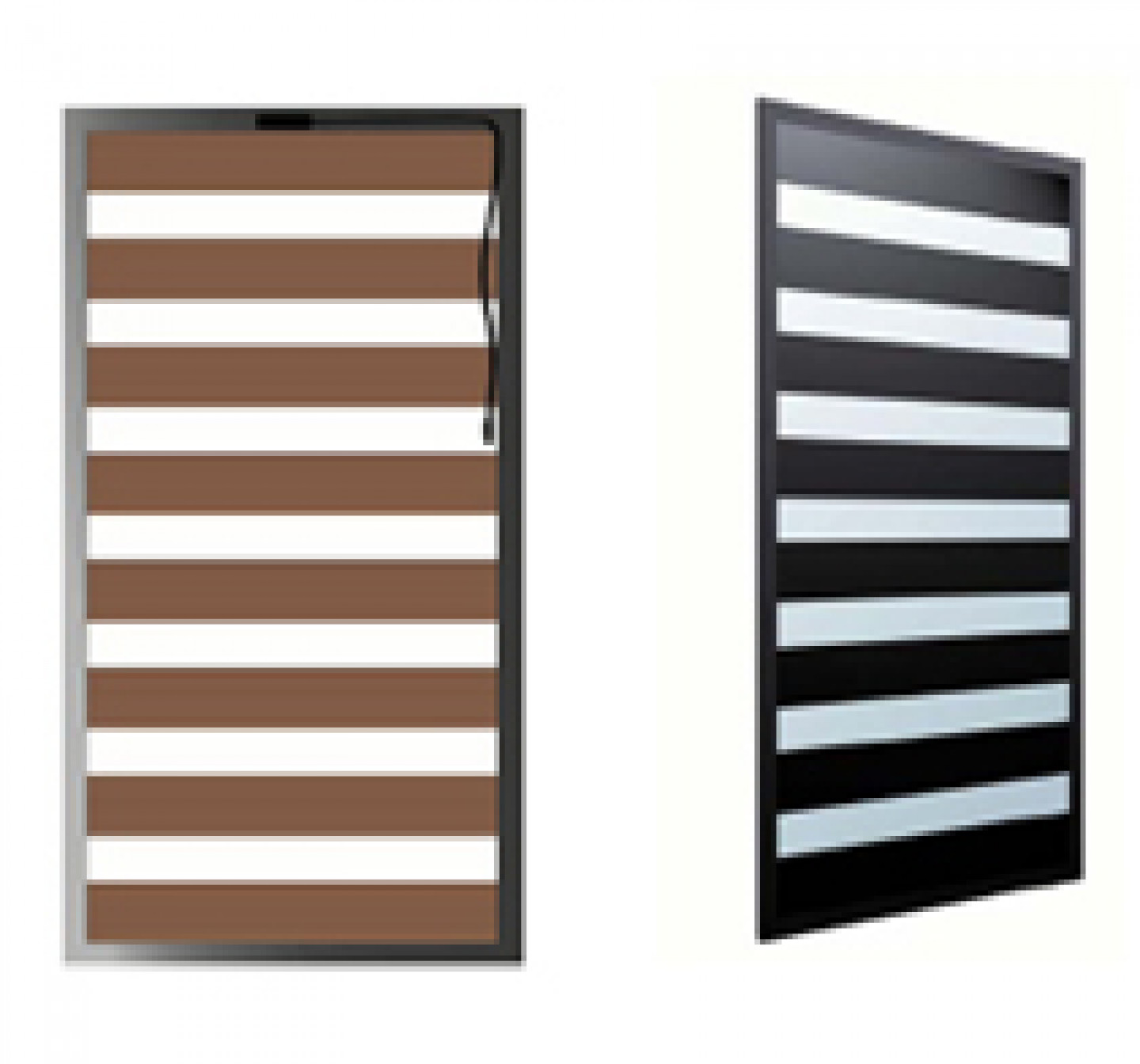The OKACELL insulating glazing from OKALUX strikes a successful balance between energy efficiency and aesthetics. In addition to the well-known polycrystalline and monocrystalline cell modules, the company now also offers façade-integrated PV elements with thin-film technology – considerably extending the design spectrum for architects. Because this technology involves vapour-depositing the semiconducting material directly on the glass pane, layer thickness is significantly less than in standard solar cells.
A glass-glass module series with CIS technology is a new addition to the OKACELL range. The module meets high design guidelines while also optimising performance. At the moment, CIS technology with thin-film modules show the best potential for and degree of efficiency enhancement. Sunlight is converted into energy using a superfine copper-indium-disulphide semiconductor. The semiconductor is combined with a copper strip and directly laminated on the glass pane. Each module has eight parallel connected strips. This gives an elegant, band-like impression with anthracite on the front and copper on the back. Rated power for the module is between 110 and 130 Watts per square meter with a transmission grade of 20%
However, OKALUX is not just integrating modules with innovative CIS technology in insulating glass. The company is also extending its product range with micromorphous thin-film solar modules. Here colours play a role, with modules available in blue, gold, violet, silver and ruby-red. Transparent glass is coated with polymorphous semiconducting material and then specific parts of it are extracted by laser coating. The transmission grade of the glass can be set at between 10 and 20% using the pattern created. Depending on colour and transmission grade, rated power is up to 115 Watts per square meter.
The modules in both OKACELL product ranges can as usual be used as single glazing on ventilated façades or as outer panes in insulating glazing and are available in a wide range of designs and colour schemes. The U values of the insulating glazing are as high as 0.8 W/m2K, ensuring high-quality thermal insulation.
You’ll find OKALUX at BAU 2011 (Hall C2, Stand 303)
